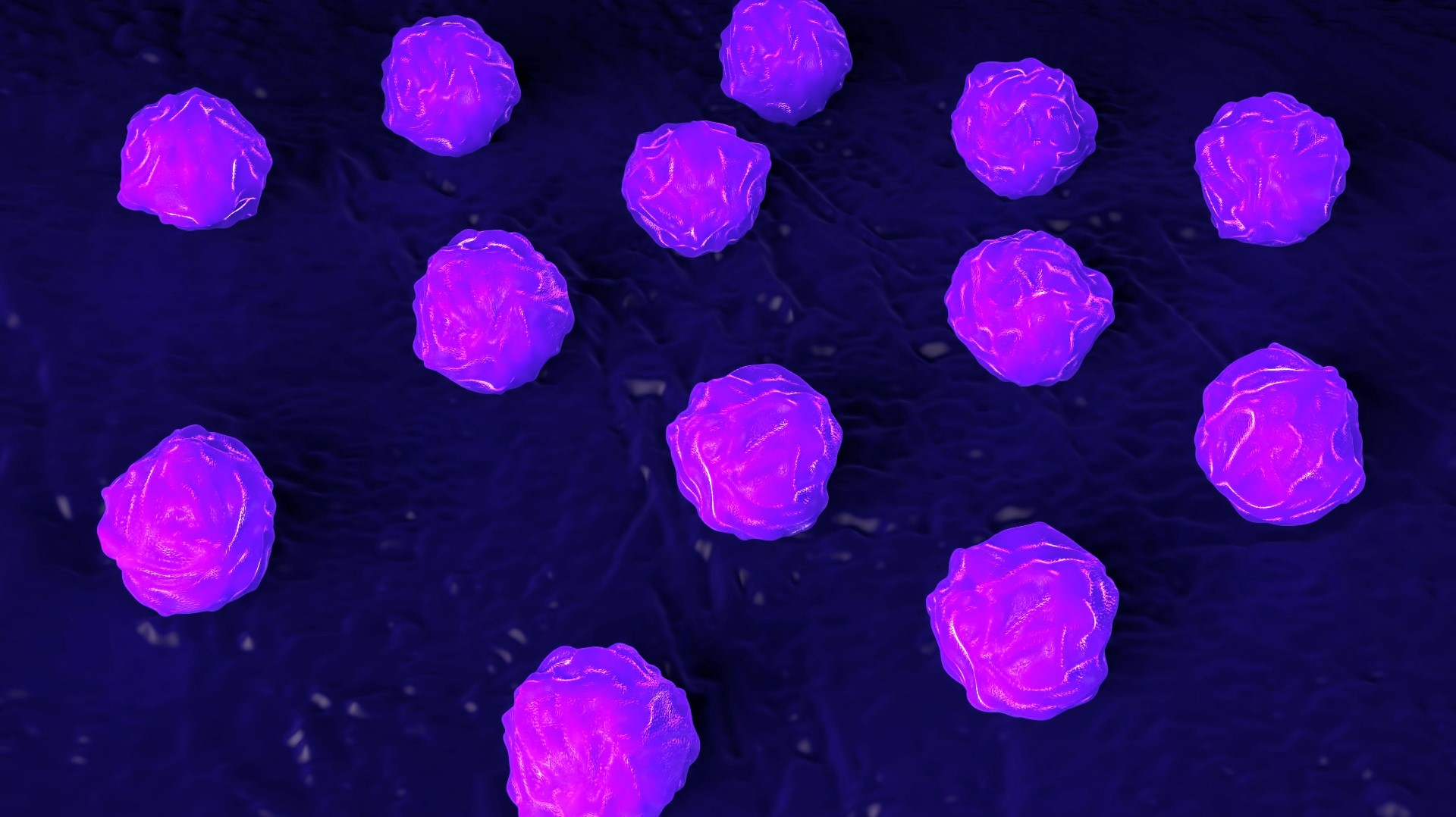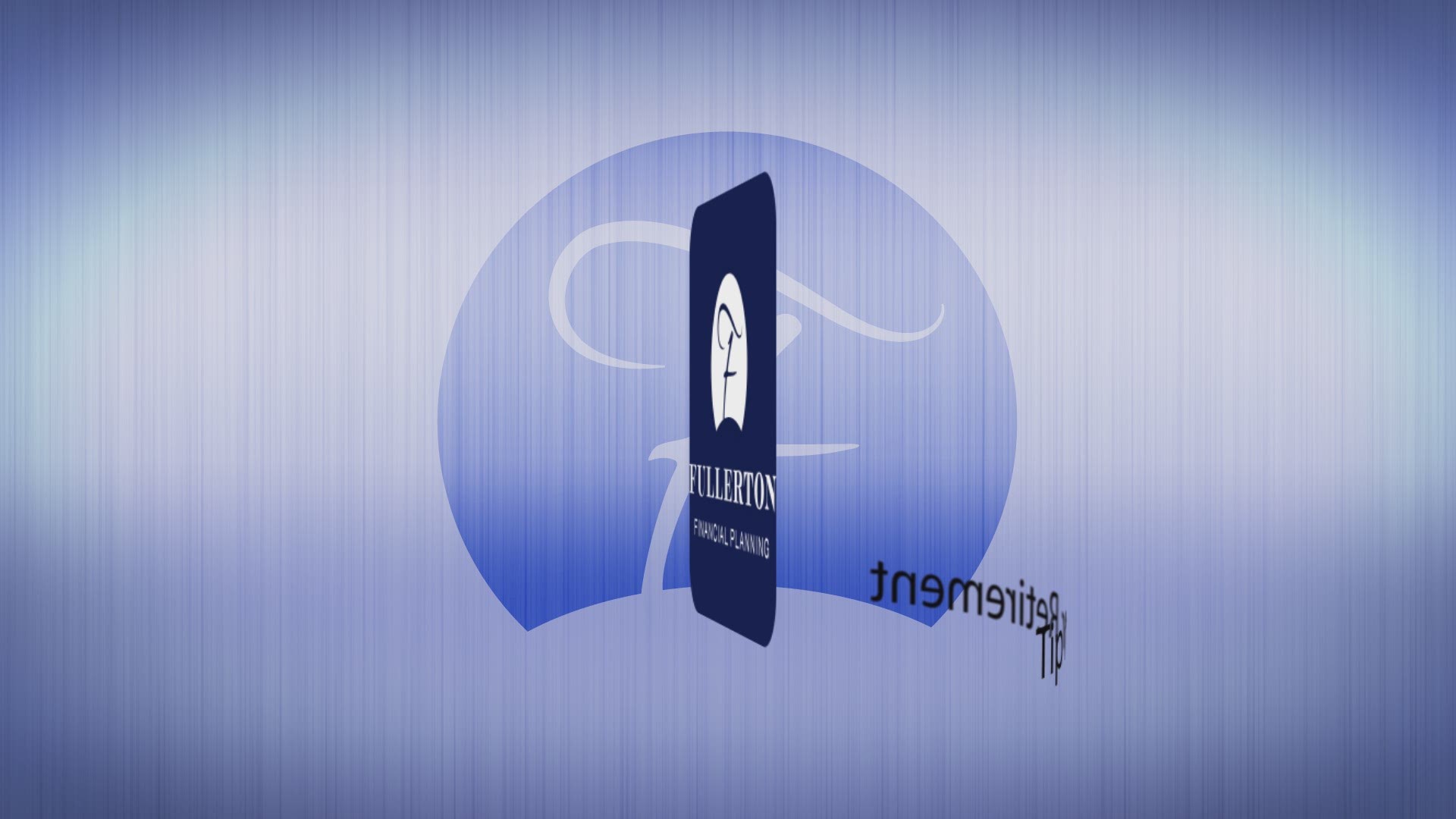This content is presented by HonorHealth.
Can you use your own stem cells to treat leukemia? How about someone else’s stem cells?
Both are possible, and medical breakthroughs continue to give you better options and rates of success, said Veena Fauble, MD, a hematology and oncology specialist with the HonorHealth Virginia G. Piper Cancer Care Network.
Your cancer care team will weigh a variety of factors when determining if autologous treatment (cells from you) or allogeneic treatment (cells from a donor) is your best option. While the majority of transplants for acute leukemia are allogeneic stem cell transplants, there are benefits and disadvantages to both. The good news is that specialists are increasingly able to tailor the treatment to your specific needs.
With acute leukemia, a cancer of the bone marrow, the first step is chemotherapy to achieve remission — an absence of cancer cells. Once that happens, your doctors have to continue to treat the leukemia. Remission is usually maintained through cycles of chemotherapy or a stem cell transplant, Dr. Fauble said.
Before a stem cell transplant, “we use high doses of chemotherapy and/or radiation to get rid of your diseased bone marrow and make room for brand new, healthy bone marrow,” she said. You then receive a stem cell infusion to restart the bone marrow.
Factors that your cancer care team will consider when deciding on which type of stem cell treatment to use include:
Autologous treatment (your stem cells)
• Pro: A donor match is easy — it’s your cells. There are no time constraints.
• Pro: There’s less chance of an immune system reaction to your own stem cells, versus getting stem cells from someone else.
• Con: The procedure is less common because of a risk of stem cells being contaminated with your leukemia cells. That means a higher risk of the cancer returning.
Allogeneic treatment (cells from a donor)
• Pro: This is the more common transplant because you’re getting stem cells from someone with an immune system that has never had leukemia.
• Con: Donor matches aren’t always perfect. There can be immune system complications.
Donor stem cell collection is done on an outpatient basis. A donor usually can resume normal activities the next day. “An injection pushes stem cells into the blood. The donor is attached to a machine that extracts the blood, processes just the stem cells and then gives the blood back to the donor,” Dr. Fauble said. “It’s not painful. It takes about four to five hours on the machine.”
For patients who receive a stem cell transplant, recovery lasts from three to six months. Influencing recovery time are any complications, such as infections.
Dr. Fauble said “it takes a village”, that includes family, friends and a specialized care team to help leukemia patients determine the best course of treatment.
“We assure them that we’re going to get them through this process,” she said. “We have a whole team of people that includes social workers, bone marrow transplant nurses and support for caregivers, too. We try to support their needs mentally, physically and spiritually.”
Learn more about cancer care at HonorHealth.


